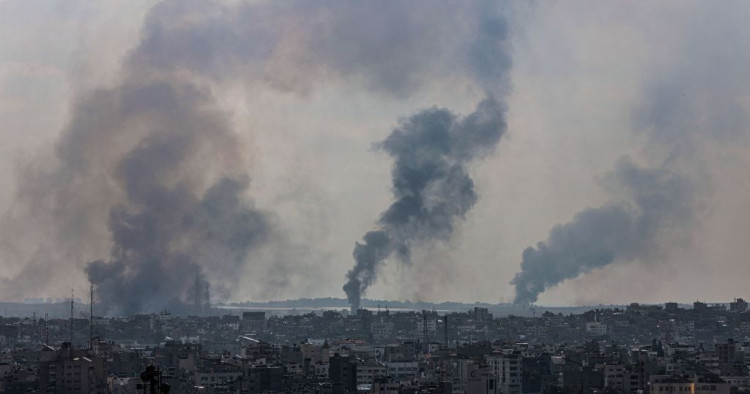Washington’s chief concern regarding Israel’s ground offensive against Hamas in Gaza is the risk of regional escalation and Iran’s opening of another front against the Jewish state, which could drag the United States into the war.
The United States has communicated to Tehran the consequences of further Iranian involvement in the conflict, and it has moved additional military assets to the region to boost the credibility of its threats.
However, this hasn’t stopped Iran from coordinating with several of its regional proxies – in Lebanon, Iraq, Syria, and Yemen – on attacks against Israel and US military installations in the region. On 30 October, Pentagon officials said that US targets in Syria and Iraq were attacked by drones and rockets at least 23 times in less than two weeks.
Continue reading in Al Majalla
Photo by SAHER ALGHORRA/Middle East Images/AFP via Getty Images
The Middle East Institute (MEI) is an independent, non-partisan, non-for-profit, educational organization. It does not engage in advocacy and its scholars’ opinions are their own. MEI welcomes financial donations, but retains sole editorial control over its work and its publications reflect only the authors’ views. For a listing of MEI donors, please click here.













